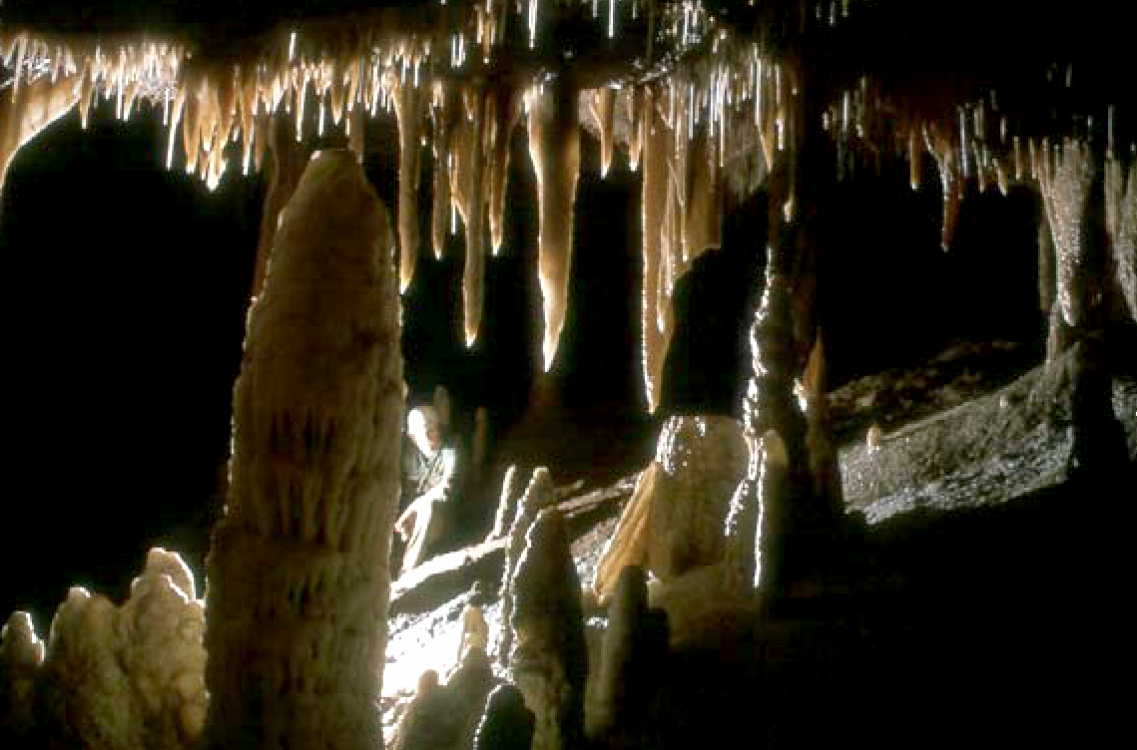Southeastern Cave Conservancy Inc. buys Run to the Mill Cave Preserve
Monday, December 23, 2013
The Southeastern Cave Conservancy Inc. has announced the acquisition of the Run to the Mill Cave Preserve, a 75.3-acre plot of land in southern Cumberland County.
The property will come with at least two known caves and will cost the conservancy about $200,000.
In a bit of good news for Chattanooga's outdoors enthusiasts, the acquisition will open a caving resource that had been off-limits for 15 years. The upper levels of the cave contain several pits that require savvy skills to navigate, including the 167-foot-deep "Tilted Well."
"We've been working on this purchase for almost 20 years," said Buddy Lane, the conservancy's treasurer and a member of its board of trustees. "It's an amazing thing."
A conservancy news release also hails the purchase as significant because of water conservation. An underground stream that flows through the cave receives the drainage from nearby Grassy Cove. This stream eventually reaches the surface at the Head of the Sequatchie Spring in the Devilstep Hollow portion of Cumberland Trail State Park.
The cave contains more than two miles of these massive "borehole" type passages, and keeping the water clean means keeping the surrounding ecosystem healthy.
Much of the land area at the surface of the preserve also drains into the cave through an intermittent stream that flows into the cave entrance following significant rainfall.
The cave recently was discovered to host what biologists believe to be among Tennessee's 12 largest hibernating populations of endangered Indiana bats. Sightings of at least two other threatened or endangered animal species have been reported.
The cave property is presumed to be positive for the presence of white-nose syndrome, based on visual evidence of white fungus observed on tri-colored bats in January 2013.
White-nose syndrome is a disease of hibernating bats that has killed millions of animals in the eastern U.S. and Canada since its 2006 discovery, according to a news release.
As a result, the conservancy says it will manage Run to the Mill Cave in a manner consistent with its other caves that contain significant populations of hibernating bats.
The conservancy is raising the $200,000 to pay for the property and additional funding for long-term stewardship of the new preserve. Donations from conservancy members, as well as a $50,000 grant from the Lyndhurst Foundation, have raised roughly half of the funds necessary to foot the bill.
Those interested in donating to the cave's acquisition costs may do so at the conservancy's website, SCCI.org.
Contact staff writer Jeff LaFave at jlafave@timesfreepress.com or 423-757-6592. Follow him on Twitter at @presslafave.

